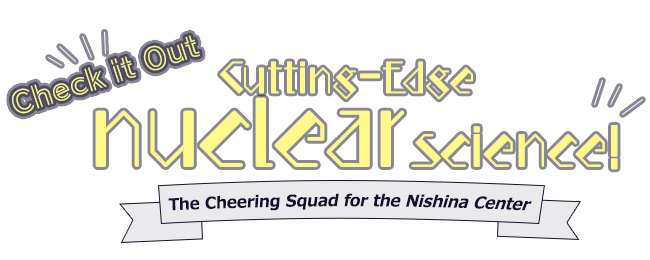
Find the mass of the nucleus and unravel the origin of the universe
Interview with Dr. Sarah Naimi, Spin Isospin Laboratory
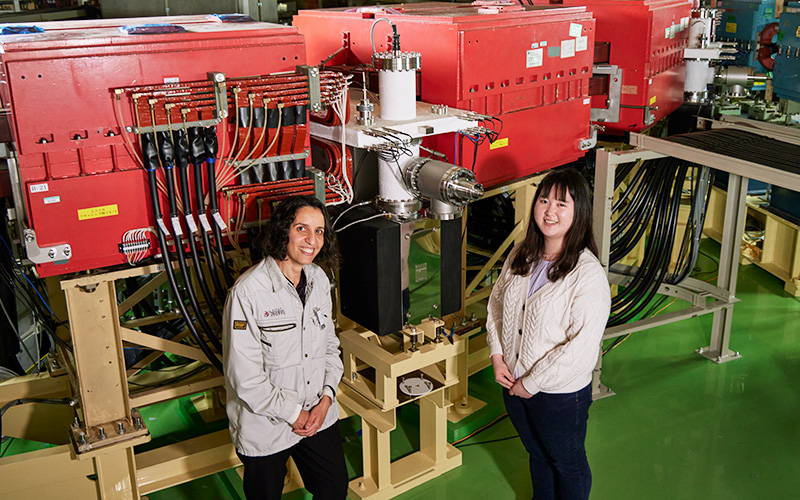
What is Dr. Sarah Naimi’s research about?
Dr. Naimi and her colleagues at the Spin Isospin Laboratory conduct research to precisely determine the mass of RIs (radioactive isotopes, or unstable nuclei) that transition into other elements in a very short time. They use a device called the Rare RI Ring, which is unique to RIKEN. By using a newly established method, they have succeeded in accurately measuring the mass of the unstable isotope palladium-123 (123Pd, atomic number 46 and neutron number 77) in a timespan shorter than its lifetime. A major goal of the lab is to use these studies to gain a better understanding of one of the hypotheses (the r-process of capturing fast neutrons) to explain how elements heavier than iron were formed.
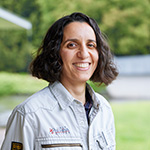
Dr. Naimi was born in France and grew up in France and Algeria. She completed the doctoral course at the University of Paris-Sacrey in 2010, earning a PhD in physics. After working at RIKEN and the Max Planck Institute (Germany), she joined the Nishina Center in 2014. Her hobby is research. She has loved watching the starry sky since she was a child.
Q1Please tell us about your current research.
Naimi:We use the Rare RI Ring to measure the mass of artificially created RIs using accelerators before they are transformed into other stable nuclei.
The nucleus is composed of protons and neutrons, but the mass of the nucleus is a little lighter than the sum of the mass of the protons and neutrons because of the binding energy. To make calculations to understand the r-process, we must find a precise mass in an experiment. We use the Superconducting Ring Cyclotron (SRC) to collide uranium nuclei accelerated to 70% of the speed of light against a beryllium target, inject the generated 123Pd into the Rare RI Ring, and measure their mass with an accuracy greater than 1 per million.
Since the speed of a particle depends on its mass, the time it takes for the particle to make about 2,000 orbits is measured, and the mass is calculated from that time. The measurement takes only 0.0007 second.
Incidentally, at this time, the number of 123Pd atoms that can be measured was only 166 in five days. Mass measurement of RIs is not a new scientific field, but it expands the field of nuclear physics.
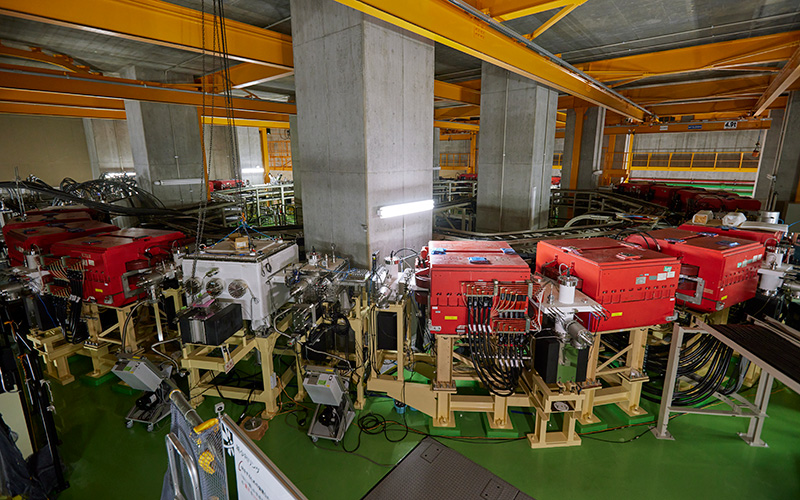
The Rare RI Ring, a storage ring developed by RIKEN to measure the mass of RIs. The mass is measured using the property that the speed at which a particle orbits in a storage ring depends only on its mass, not its energy.
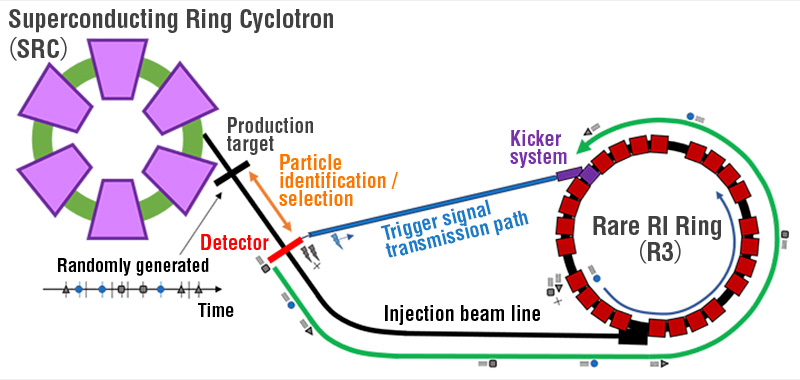
Conceptual diagram of an experiment to determine the mass of RIs. When the Superconducting Ring Cyclotron (SRC, at left) accelerates uranium nuclei to 70% of the speed of light and they collide with a beryllium target, isotopes of various mass numbers are randomly formed. From there, isotopes with mass numbers close to 123Pd are roughly selected in the “particle identification / selection” section. When the detector detects 123Pd under study, it tells the kicker system that “123Pd is headed for the Rare RI Ring (R3, at right) through the injection beam line, so be prepared” in the trigger signal transmission path. The moment 123Pd reaches R3, the kicker system is switched on and kicks 123Pd in the direction of orbiting inside R3. In this way, only 123Pd is orbited in the RI ring, and the mass is calculated.
Q2Why did you choose RIKEN for your research?
Naimi:I have also conducted research at accelerator facilities in Germany and Switzerland. The Nishina Center has the accelerator needed to create RIs, and I came here because I wanted to be involved in research using a new instrument, the Rare RI Ring, which was in the late development stage.
Q3Why did you want to become a researcher, and what makes you happy in this work?
Naimi: I have always been fascinated by the stars. Looking at the sky, it is clear that our origin was in the universe, and only scientists can solve its mysteries, so I decided to become a researcher.
The good thing about being a researcher is that I can do my favorite experiments as a job. For me, research is more like a hobby than a job. It’s a blissful time when I can discuss my work with multiple people and work in the underground facilities.
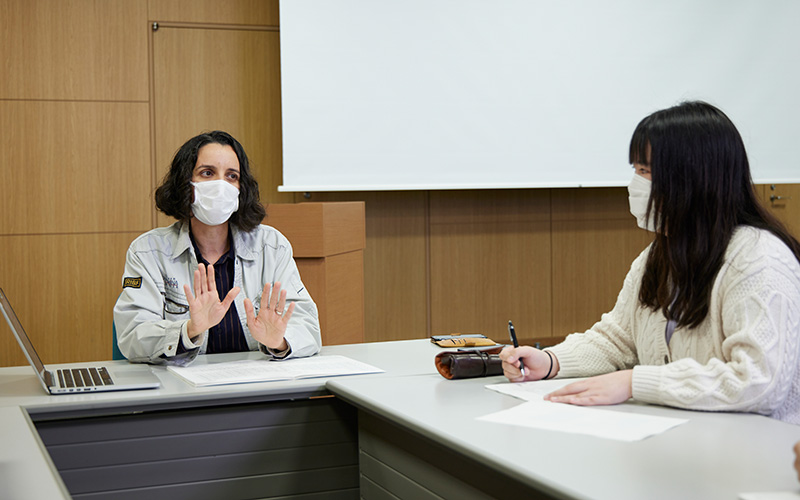
Q4What kind of research do you want to do in the future?
Naimi:I want to play a role in nurturing new researchers and connecting them to the next generation. I will soon leave RIKEN and return to France. The accelerator facility (RIBF) at the Nishina Center has been especially valuable for research because I developed and operated laboratory equipment on my own. Therefore, when I come back to RIKEN someday, I would like to visit with my students and see if they learned as much as I did at RIKEN.
Q5Finally, what advice can you give to high school and university students who are aiming to become researchers?
Naimi: If you want to succeed as a researcher, it is important to learn with conviction. Believe in yourself and learn more and more about what you want to do. I think that is science. Also, remember that 99% of experiments may fail. In such a case, what a researcher needs is single-mindedness, and a spirit that will not fail even in the face of challenges and setbacks. And since research is conducted in cooperation with many people, it is important not to compare yourself with others.
I would like everyone to think and listen in high school and university classes, and ask questions and make remarks even if they are off the mark.
I wrote a dissertation in the field of micrometeorites for my bachelor’s degree, neutron stars in my master’s degree, and nuclear physics for my doctorate, and am currently studying nuclear physics. While some people decide from their undergraduate days that they want to go into a certain field, many others, like myself, decide what field they want to go into as they do their research, so there’s no hurry. Learn and develop an interest in various fields, and don’t give up!
(Interviewed in April, 2022)
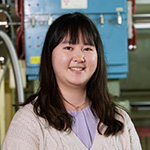
After the interview
Throughout this interview, I could feel Dr. Naimi’s love and passion for research. I have been aspiring to be a researcher, but have felt inferior and frustrated because I still have not decided on the field I wanted to pursue. However, I was able to overcome such negative feelings after learning that Dr. Naimi also did not have a clear goal as an undergraduate student. This was the biggest takeaway from the interview. I want to study hard and pursue my goal wholeheartedly so that one day I can become a passionate researcher like Dr. Naimi.


 Superheavy Element Research Group
Superheavy Element Research Group Ion Beam Breeding Group
Ion Beam Breeding Group Nuclear Many-body Theory Laboratory
Nuclear Many-body Theory Laboratory Instrumentation Development Group
Instrumentation Development Group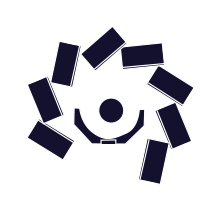 Radioactive Isotope Physics Laboratory
Radioactive Isotope Physics Laboratory Nuclear Spectroscopy Laboratory
Nuclear Spectroscopy Laboratory Accelerator Basic Research Department
Accelerator Basic Research Department RI Application Research Group
RI Application Research Group